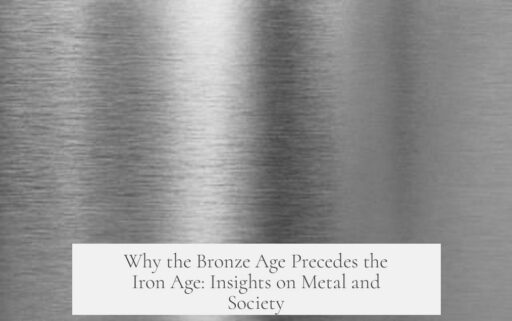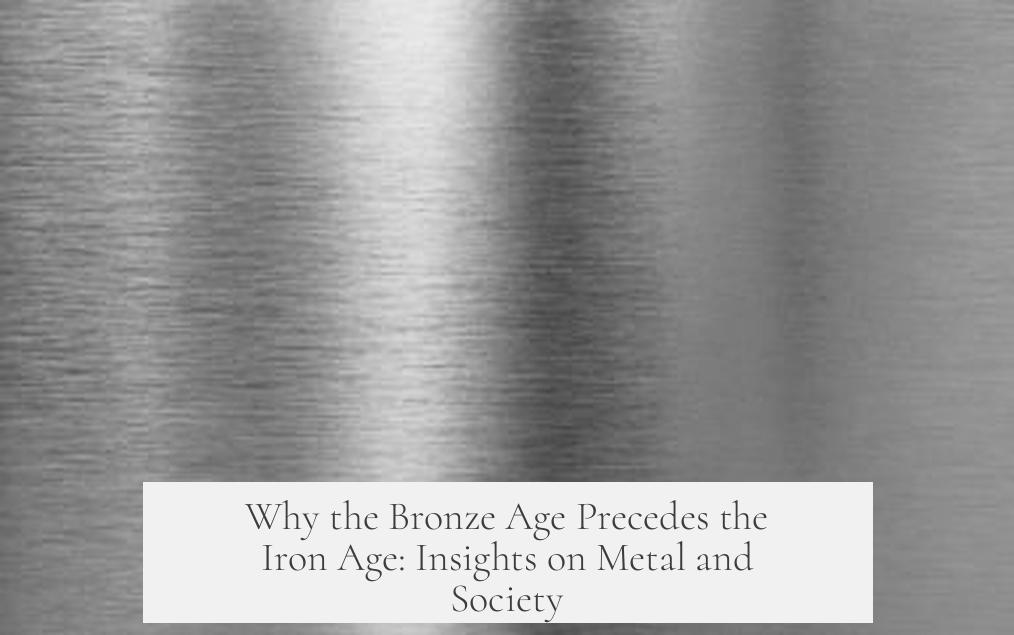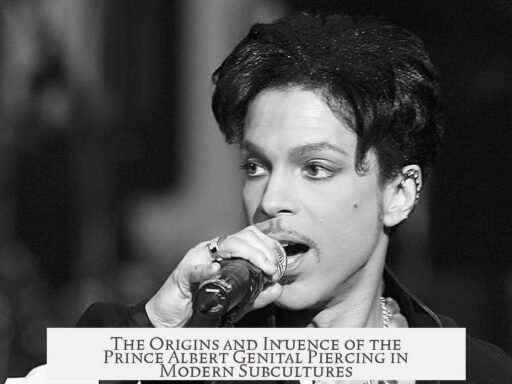The Bronze Age comes before the Iron Age primarily due to technological, material, and resource factors that influenced early metallurgy development. Early metalworkers found it easier to produce bronze—an alloy of copper and tin—because these metals melt at lower temperatures and require simpler furnace technologies. Iron’s higher melting point demanded more advanced furnaces, making iron production initially more difficult.
Iron melts at about 1583°C, while copper melts at 1085°C and tin at just 232°C. Early craftspeople needed to reach much higher temperatures to work iron effectively. Simple kilns sufficed for bronze production, but smelting iron required improved furnace designs capable of sustaining greater heat. This technical barrier delayed widespread iron use.
Bronze also offered functional advantages over early iron products. Though iron would eventually produce stronger steel, early cast iron was actually weaker and more brittle than bronze. Bronze resisted rust better and held sharper edges for longer. For weapons and tools, bronze was superior in performance and ease of shaping.
Resource distribution affected metal use. Copper and tin did not usually occur together, so producing bronze required extensive trade networks. On places like Cyprus, abundant copper deposits existed, but tin had to be imported, rendering bronze a luxury item. Iron ore, by contrast, was more abundant and widespread, though early exploitation of iron deposits, particularly bog iron, was limited during the Bronze Age. This meant iron was rarer and less commonly used initially.
Social and cultural factors played a role as well. Bronze became a status symbol through its rarity and the skill required to acquire and process it. Owning bronze items demonstrated social connections and craftsmanship. Iron’s common availability meant it lacked this prestige, reducing its desirability in elite contexts.
The historical use of iron also overlapped with bronze. Some Bronze Age societies employed iron for specific purposes like tool decoration or chisels. Iron was occasionally a by-product of copper smelting, adding to its limited but existing presence. However, iron never fully displaced bronze early on because bronze remained easier to produce and offered superior quality for key applications.
Technological evolution was not linear. Bronze did not simply give way to iron in a straightforward timeline. Civilizations adopted metals based on availability, trade, and technology rather than sequential progress. Egypt, for example, used both bronze and iron concurrently, often favoring bronze despite access to iron technology.
Interestingly, bronze could have been discovered after iron, given that producing alloys requires combining metals—an advanced technique—whereas extracting iron from ore involves single-metal smelting at higher temperatures. Early communities likely mastered simpler copper smelting before developing the thermally demanding iron smelting methods.
Summarizing, the easier melting and working of copper and tin point to why the Bronze Age precedes the Iron Age:
- Lower melting points of copper and tin enabled simpler furnace technology.
- Bronze’s superior hardness and rust resistance made it favored for weapons and tools initially.
- Trade and resource scarcity conferred social prestige on bronze objects.
- Iron was more abundant but initially harder to smelt and work due to technological limits.
- Iron’s widespread adoption happened as furnace technology advanced, allowing production of stronger materials like steel.
The transition to the Iron Age reflects increased technological capabilities and economic shifts. Iron’s ubiquity made it more accessible and eventually economically preferable despite the initial difficulties in smelting. Wrought iron, forged iron, and steel emerged over time, outclassing bronze in strength and durability.
| Metal | Melting Point (°C) | Early Use Challenges | Advantages in Early Tools | Social Significance |
|---|---|---|---|---|
| Copper | 1085 | Low melting point, easy to smelt | Malleable, base for bronze alloy | Commonly available, lesser prestige |
| Tin | 232 | Very low melting point, simple smelting | Strengthens copper when alloyed | Rare and valuable, key for bronze |
| Iron | 1583 | Requires advanced furnaces | Initially weaker cast iron; later steel stronger and durable | Abundant, less early prestige; gained importance later |
- Bronze’s manageable smelting needs and superior early weaponry qualities made it the first major metal age.
- Iron’s technological and economic transitions followed after advances in furnace and smelting methods.
- Both metals were used concurrently in different contexts, but bronze dominated early civilizations.
Why Does the Bronze Age Come Before the Iron Age?
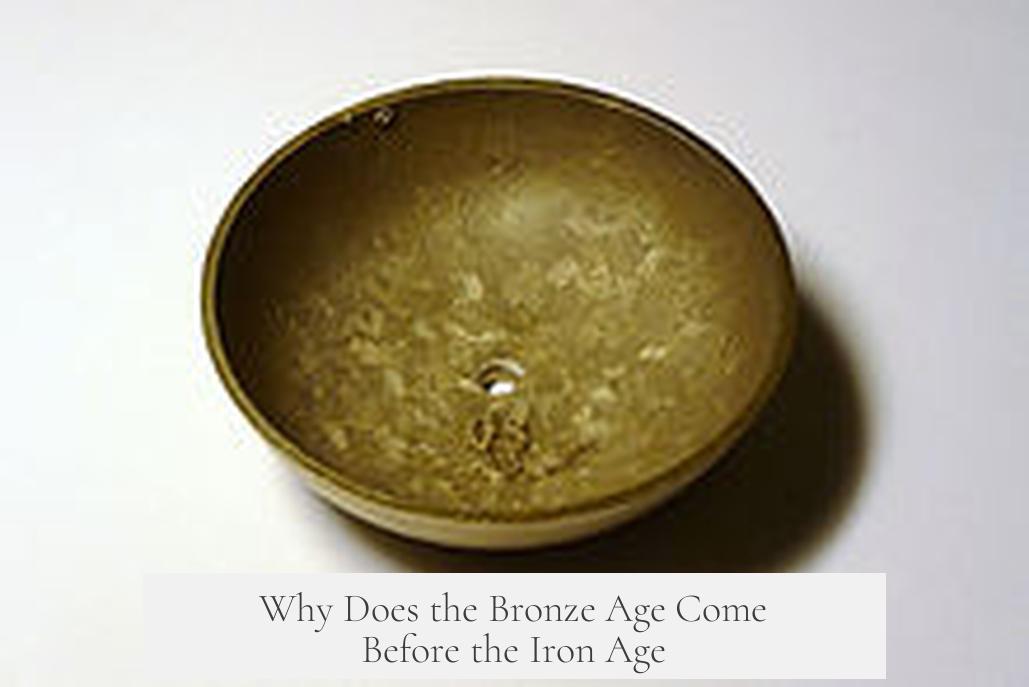
The Bronze Age comes before the Iron Age primarily because bronze is easier to produce and work with than iron, due to the lower melting points of its components and simpler furnace technology. This technological ease, combined with bronze’s superior hardness compared to early iron products, made it the practical material choice before iron smelting advanced enough to become widespread. Let’s unpack why this is the story history tells us.
Imagine being an ancient metalworker thousands of years ago. You want to make tools and weapons, but your furnace can barely get hot enough to melt tin, let alone iron. It’s like trying to cook a steak on a candle flame. This technological hurdle shaped how humanity progressed through its metal ages.
The Furnace Fiasco: Melting Points and Metal Mayhem
Here’s the kicker: iron melts at a scorching 1,583 °C, while copper melts at just 1,085 °C, and tin melts at an almost breezy 232 °C. That’s a huge difference! Achieving those high temperatures requires advanced furnaces, not just simple kilns. Ancient people had the technology to fire up copper and tin, making bronze an attainable goal.
Iron demands more than heat; it needs a stable, controlled environment. Even if early humans managed to heat iron ore, it was a challenge to refine and shape it. Without proper tools and techniques, ironwork was erratic and often disappointing, less reliable than bronze.
Bronze’s Early Advantage: Hardness and Prestige
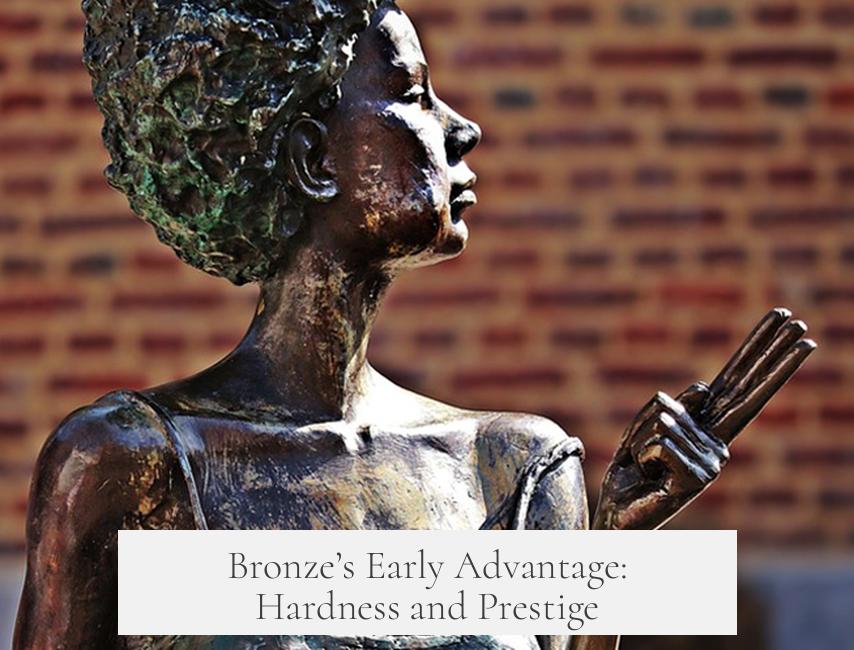
Interestingly, cast iron, the earliest form they could produce, was actually weaker and more brittle than bronze. Imagine swinging an iron sword only to have it chip or dull fast. Bronze, on the other hand, could withstand more abuse, making it the weapon of choice in many ancient conflicts.
Bronze wasn’t just functional; it was a status symbol. Because copper and tin didn’t hang out in the same places naturally, people had to trade and travel to secure both ingredients. For example, Cyprus had tons of copper but no tin, so they had to import it far away, turning bronze into a kind of ancient luxury item — think of it as the metal equivalent of designer fashion back then.
Iron’s Hidden Potential and Delayed Rise
Iron was everywhere, but it wasn’t initially prized because large, accessible sources like bog iron deposits weren’t exploited yet. Before that discovery, iron was rare and difficult to smelt properly. Iron sometimes turned up accidentally as a by-product when smelting copper ores, but it wasn’t immediately recognized for its potential.
Moreover, the technological leap to produce steel and wrought iron — much stronger and more durable than early cast iron or bronze — came later and was patchy and non-linear. That’s important: civilizations didn’t simply “upgrade” from bronze to iron overnight. For a long time, they used both metals simultaneously.
For instance, the ancient Egyptians favored bronze even after they knew about iron. Why? Because bronze *worked* well, and iron didn’t yet offer enough advantages to justify full-scale adoption. It’s a neat reminder that historical progress isn’t always a straight line.
Societal Impacts: Prestige and Practicality

In a world with limited resources and trade routes, possessing bronze communicated wealth, skill, and influence. It was hard-earned and precious. Iron, abundant and local, lacked that glamour.
However, as ironworking techniques improved and furnaces became capable of reaching higher temperatures consistently, iron’s accessibility made it the go-to metal for common tools and weapons. Economically, this shifted the landscape. Even if bronze was “better” for some uses, iron won out by volume.
Overlapping Ages: A Myth of Linear Progress
Think history marches in one straight line? Think again. Evidence suggests that bronze and iron coexisted for centuries. Some experts even speculate that iron might have been discovered before bronze but was underutilized due to its smelting complexity.
Moreover, decorations on bronze swords sometimes included iron inlays, which tells a story of overlapping usage. Iron wasn’t simply the “next stage” but part of a technological toolkit gradually refined and adopted.
How This Understanding Helps Us Today
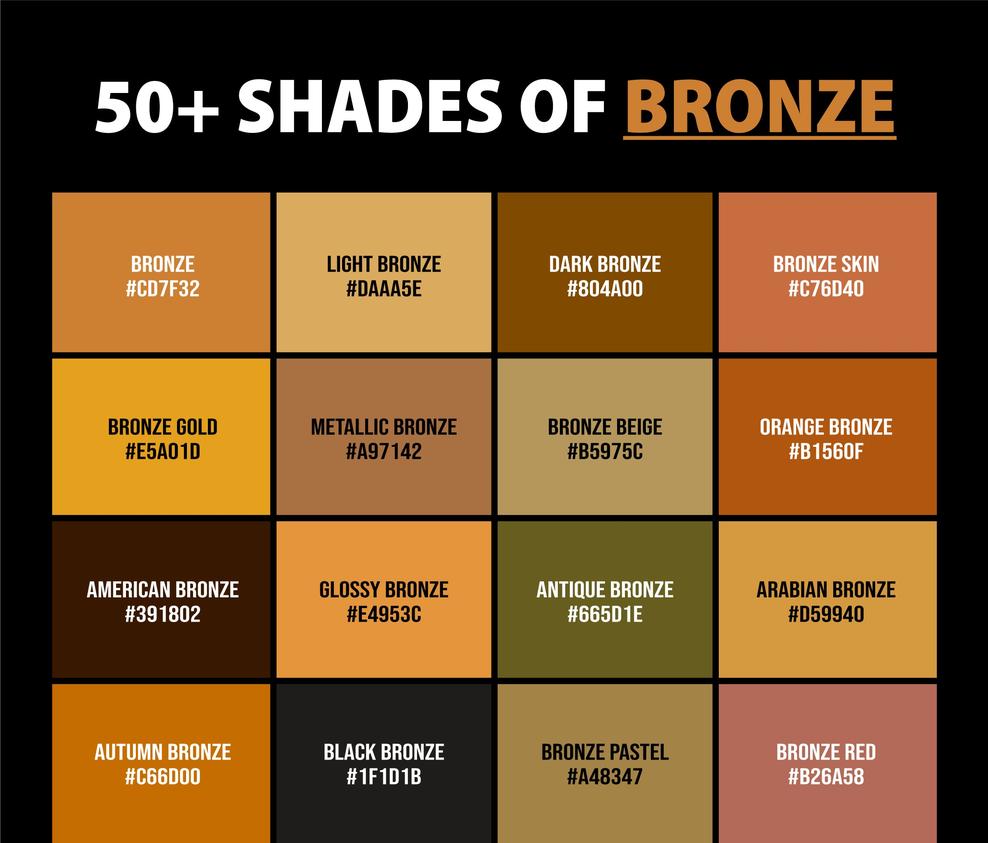
Understanding why bronze comes before iron reveals a lot about innovation. Technology doesn’t just progress because new materials exist; it’s about mastering how to use them effectively. Higher melting points mean more investment in infrastructure before a metal becomes practical.
This principle applies even to modern inventions. It’s a reminder that sometimes simpler is better in the early stages. You can’t build a skyscraper without mastering the bricks first.
For historians, it disproves the myth of neat, tidy “ages.” Technologies overlap, coexist, and sometimes advance backwards. This nuanced insight encourages a deeper look at how human societies evolve.
Practical Takeaways
- Melting temperatures matter: Materials with lower melting points are easier to work, making them the natural starting point in metallurgy.
- Material strength isn’t always obvious: Early iron products, like cast iron, weren’t immediately better than bronze, shaping adoption.
- Resource availability influences culture: Trade and rarity made bronze a status symbol; iron’s abundance eventually made it common.
- Technology evolves unevenly: Mastery of furnace technology was key to iron’s eventual dominance.
- Historical progress isn’t always linear: Bronze and iron coexisted, reminding us to question simplified narratives.
Next time you hear “Bronze Age before Iron Age,” think of those early furnace fires struggling to reach iron’s melting point, and the skilled traders bringing rare tin and copper together to craft weapons that reigned supreme — at least until technology caught up with iron’s potential.
Why did the Bronze Age come before the Iron Age?
Bronze is easier to melt than iron because copper and tin melt at lower temperatures. Early furnaces couldn’t reach the high heat needed to melt iron, so bronze technology appeared first.
Was iron used at all during the Bronze Age?
Yes, iron was used sometimes for tools and decoration during the Bronze Age. It was often a by-product of copper smelting but was not widely developed due to technical limits and rarity.
Why was bronze preferred over iron even when iron was available?
Bronze is harder and does not rust as easily. It was also a status symbol because copper and tin were rare and had to be traded from far places. Iron was common and seen as less prestigious.
What technological advances allowed the shift from bronze to iron?
Improved furnace technology allowed melting and forging iron. Over time, ironworking techniques evolved to produce steel, which is stronger and more durable than bronze.
Did civilizations use bronze and iron at the same time?
Yes, many civilizations used both metals concurrently. The choice depended on available technology and resources, not a simple linear replacement of bronze by iron.
